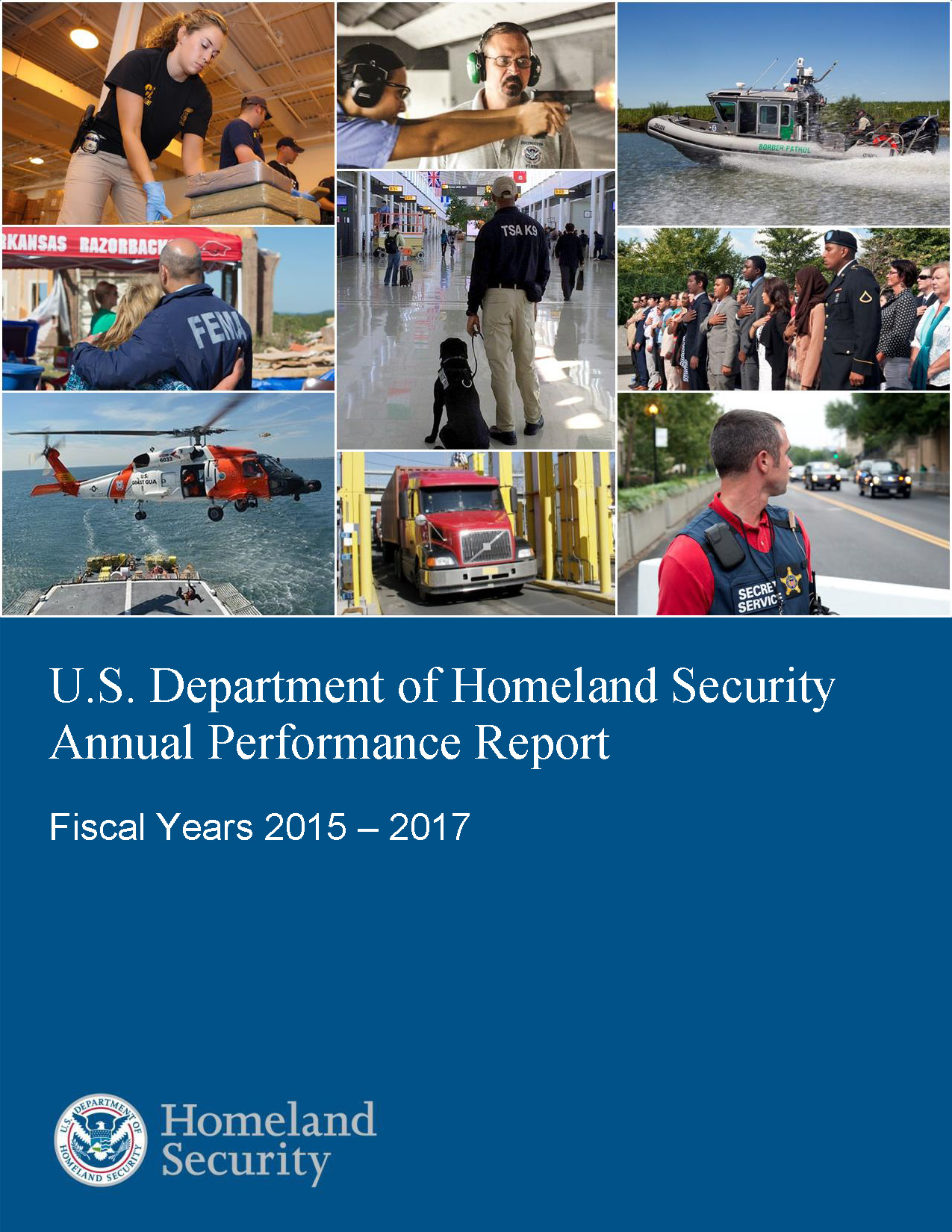- Home
- Agencies
- Department of Agriculture
- Department of Housing and Urban Development
- General Services Administration
- Department of Commerce
- Department of the Interior
- National Aeronautics and Space Administration
- Department of Defense
- Department of Justice
- National Science Foundation
- Department of Education
- Department of Labor
- Office of Personnel Management
- Department of Energy
- Department of State
- Small Business Administration
- Environmental Protection Agency
- Department of Transportation
- Social Security Administration
- Department of Health and Human Services
- Department of the Treasury
- U.S. Agency for International Development
- Department of Homeland Security
- Department of Veterans Affairs
- Goals
- Initiatives
- Programs
Primary tabs
Strategic Objective
Goal 4.4: Strengthen the Cyber Ecosystem
Strategic Objective
Overview
Our entire society, from government and law enforcement to the private sector and members of the public, must work collaboratively to improve our network defense. Ensuring a healthy cyber ecosystem will require collaborative communities, innovative and agile security solutions, standardized and consistent processes to share information and best practices, sound policies and plans, meaningful protection of privacy, civil rights, and civil liberties, and development of a skilled workforce to ensure those policies and plans are implemented as intended.
We will pursue the following strategies to strengthen the cyber ecosystem:
- Drive innovative and cost effective security products, services, and solutions throughout the cyber ecosystem by working with domestic and international partners across the public and private spheres, and across the science and policy communities to identify promising technology, policy and standards that enable robust, trust-based, automated sharing of cybersecurity information and collective action to limit the spread of incidents and minimize consequences.
- Conduct and transition research and development, enabling trustworthy cyber infrastructure by supporting initiatives to develop promising new security technologies and techniques including: 1) security automation techniques to facilitate real-time incident response; 2) interoperability to support security cooperation across sectors; and 3) privacy enhancing authentication to enable better system protection.
- Develop skilled cybersecurity professionals by promoting cybersecurity knowledge and innovation, developing Department-wide human capital strategies, policies, and programs intended to enhance the DHS cyber workforce, and working with public and private sector partners to increase the pipeline of highly qualified homeland security professionals through academic and federal training programs.
- Enhance public awareness and promote cybersecurity best practices by promoting National Cybersecurity Awareness Month and the Stop. Think. Connect.™ Campaign, which raise awareness through collaborative outreach efforts and distributing materials, resources, and tips to promote cybersecurity.
- Advance international engagement to promote capacity building, international standards, and cooperation by working to establish and deepen relationships with foreign computer incident response teams both bilaterally and through participation in operationally-focused multilateral fora, such as the Forum for Incident Response and Security Teams.
Progress Update
The Department of Homeland Security (DHS) has determined that performance toward this goal is making satisfactory progress.
Introduction
DHS made satisfactory progress in its efforts to strengthen a healthy cyber ecosystem through innovating and developing cost effective security products, conducting research and transitioning it to market, developing and executing programs and initiatives to cultivate skilled cybersecurity professionals, enhancing public awareness of cybersecurity, and advancing international engagements to promote capacity building and cooperation around cybersecurity.
Major Achievements
DHS strengthened the cyber ecosystem by driving innovative and cost effective security products, services, and solutions through the Transition to Practice Program which brokered a deal to license Los Alamos National Lab’s quantum encryption package. This new technology creates encryption keys impervious to cryptanalysis and contains Quantum Key Distribution technology that secures communications. DHS conducted and transitioned research and development to enable a trustworthy cyber infrastructure through the Software Assurance Marketplace (SWAMP), an online, open-source, collaborative research environment. SWAMP allows software developers to test software for security weaknesses, software tool developers to improve tools by offering a wide range of software packages to test against, and software researchers to interact and exchange ideas.
Furthermore, skilled cybersecurity professionals were developed by expanding access to cybersecurity training through expanding the Federal Virtual Training Environment and the Federal Cybersecurity Training Events programs. Public awareness of cybersecurity was enhanced and best practices promoted through the hosting and support of National Cybersecurity Awareness Programs, including the Stop.Think.Connect.™ campaign. And finally, DHS strengthened operational information sharing and coordination with America’s closest allies and key partners to foster new relationships in key regions by providing training and promoting DHS cybersecurity resources and participated in global standards bodies and cybersecurity fora to promote DHS leadership on global cybersecurity discussions.
Major Challenges & Opportunities for Improvement
The cybersecurity landscape and environment continually changes. As this is an inherent challenge to cybersecurity, DHS capitalized on a vulnerability (i.e., Heartbleed) to develop Memorandums of Understandings with federal agencies and departments to scan networks. This allows DHS to scan these networks on a periodic ongoing basis, to quarantine, and to investigate potential vulnerabilities to assess threat levels and to mitigate them.









